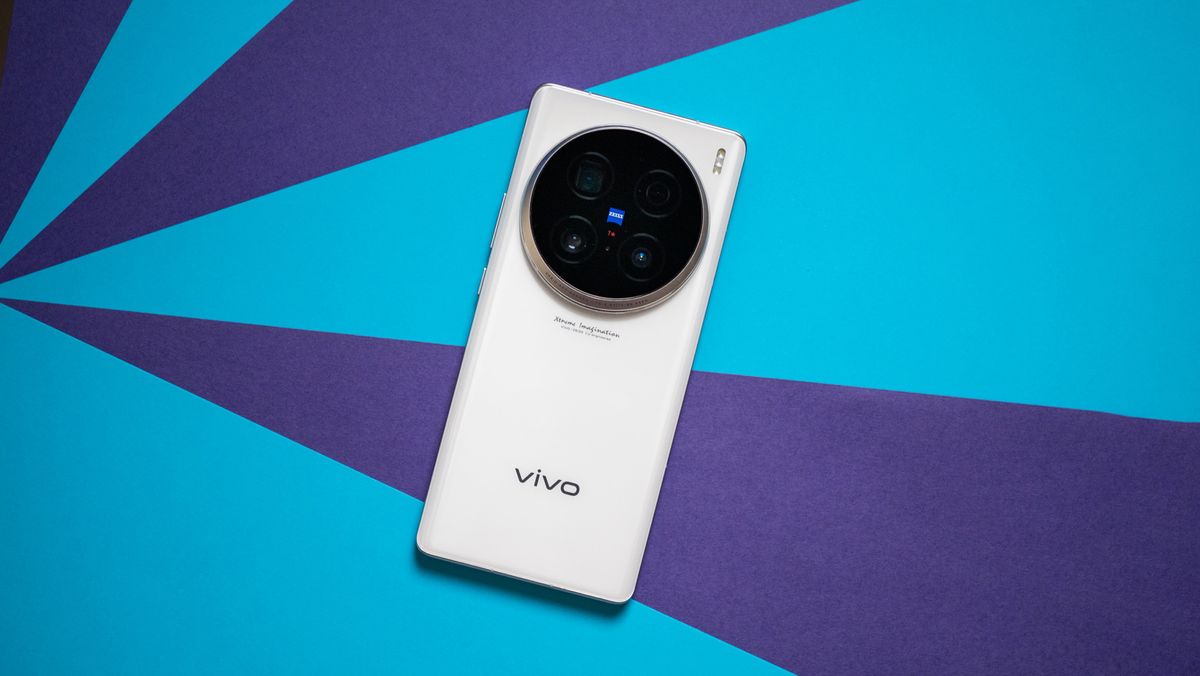IP68 water and dust resistance has become commonplace on smartphones, but now some Chinese manufacturers are taking things to the next level with IP69. This new rating offers enhanced protection against high-pressure water jets and higher temperatures, raising the bar for durability. But is this advancement truly necessary?
IP68 has been a familiar feature on flagship smartphones since the release of the Samsung Galaxy S7 in 2016. The rating signifies that a device can withstand immersion in up to 1.5 metres of water for 30 minutes. While most phones meet this standard, some, like the iPhone 16 Pro Max, boast a deeper submersion capability of up to 6 metres.
However, a recent shift has emerged with prominent Chinese brands, like Vivo, OPPO, Realme, and OnePlus, adopting IP69 on their 2025 flagship models. The Vivo X200 series, OPPO Find X8, Realme GT 7 Pro, and OnePlus 13 all feature this enhanced ingress protection.
So what exactly does IP69 offer that IP68 doesn't? IP ratings signify a device's resistance to dust and water ingress, with the first digit indicating protection against solid objects and the second digit representing protection against liquids. Both IP68 and IP69 achieve the highest level of dust resistance, denoted by the '6'.
The key difference lies in the liquid resistance indicated by the second digit. IP68 ensures a device's ability to withstand immersion in water, while IP69 goes further. IP69-rated devices can withstand high-pressure water jets reaching 1,450 PSI, and tolerate temperatures up to 80 degrees Celsius.
While IP69 offers enhanced protection against water ingress, it's important to remember that neither IP68 nor IP69 guarantees immunity to salt water damage. Therefore, rinsing a phone with fresh water after submersion in salt water is still recommended.
The adoption of IP69 is currently limited to Chinese brands, and it remains unclear whether giants like Samsung, Apple, or Google will follow suit. While the additional protection provided by IP69 is undeniably beneficial, it's debatable whether it's a crucial advancement compared to the already robust protection offered by IP68.
Ultimately, the choice of which rating is "better" depends on individual needs and usage patterns. For most users, the existing IP68 standard may be sufficient. However, for those seeking the ultimate in water and dust resistance, IP69 presents a compelling option. The increased durability, particularly against high-pressure water jets, makes it an appealing feature for those who frequently use their phones in challenging environments.
The transition to IP69 signifies a continued focus on enhancing smartphone durability, and it remains to be seen how widely adopted this standard will become in the future.
Article
Technology

IP69: The New Water Resistance Standard for Phones?

